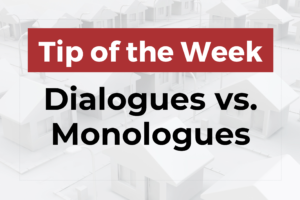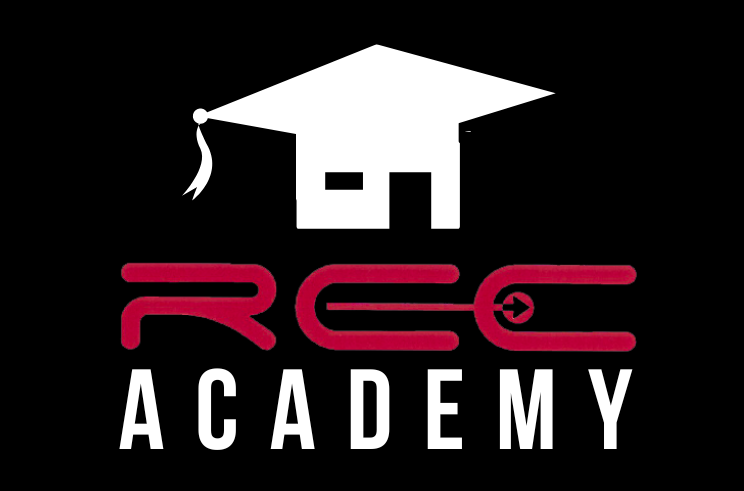
When making calls, whether its for follow-up, initial connection call, or just a casual conversation with a prospective client, are you creating a dialogue or a monologue? A monologue and a dialogue are two distinct forms of communication, and understanding the difference between them is extremely important in conversion and business overall. While one demonstrates a willingness to listen and understand, the other can come across as pushy or self-serving.
Here’s the exact difference and why it matters:
A monologue is a one-sided form of communication where a single person speaks while others listen. A dialogue is a two-way form of communication where two or more people engage in a conversation.
Oftentimes, agents will hop on the phone with a full tool chest of value to deliver, however, they forget to actually engage with the client and ask questions that will ultimately navigate the conversation. In other words, when someone answers the phone, this is a slow down moment – where sometimes less is more. In a monologue, the agent dominates the conversation, potentially overwhelming or alienating the client. In a dialogue, there’s room for the client to engage, ask questions, and feel heard. This not only allows you to identify the exact thought process, concerns, and direction that the client wants to go in, but also what exact items of value to share with the client to tend to their decision making.
A dialogue-oriented approach goes beyond just securing business; it prioritizes building long-term relationships. Dialogues allow you to determine what gold bar or item of value best fits the conversation, as well as the exploration of challenges & obstacles while working collaboratively with clients to find solutions. This problem-solving approach, where both parties contribute to finding answers, reinforces the idea of a partnership working towards a common goal. This is more conducive to building long-term relationships with your clients. It shows that you as the agent, value your client’s input and aims for a mutually beneficial partnership.

